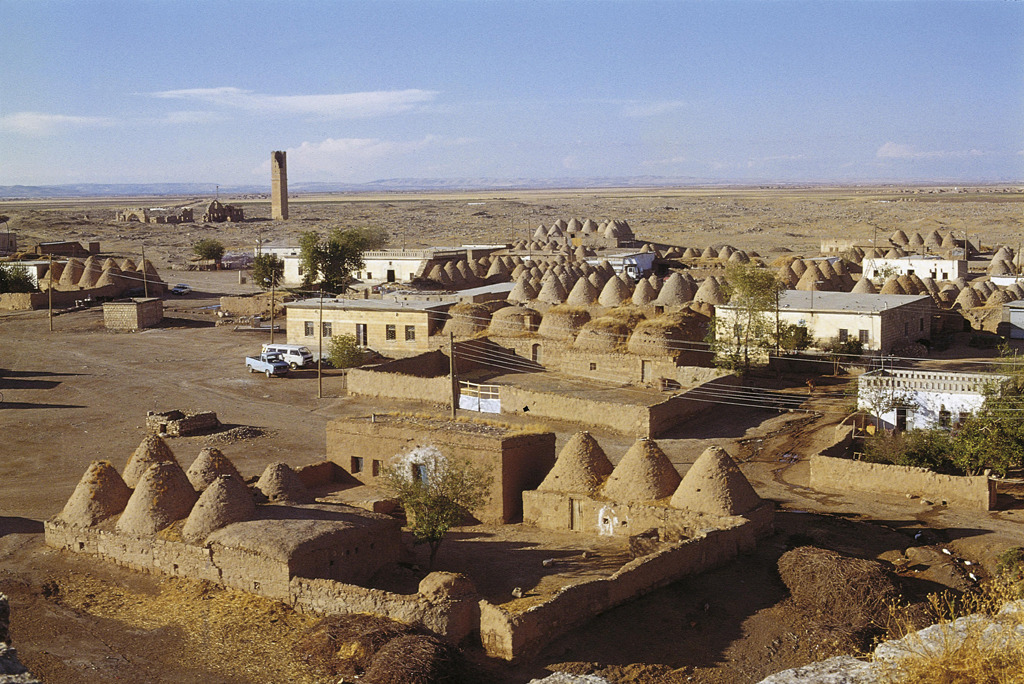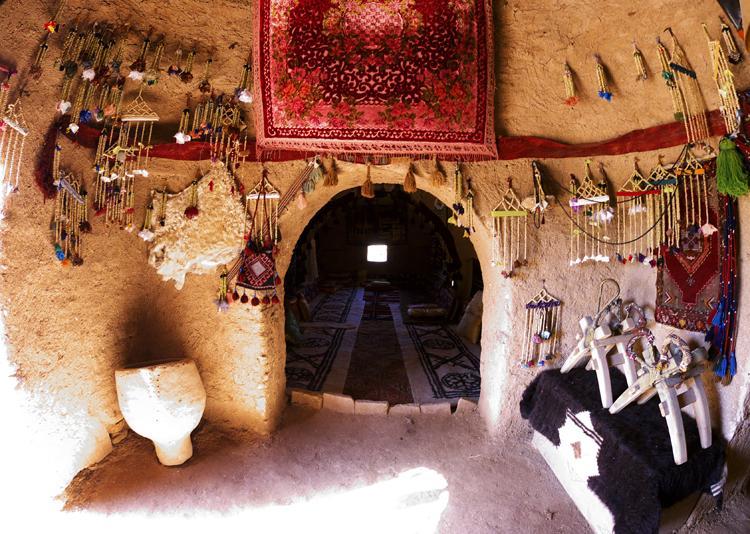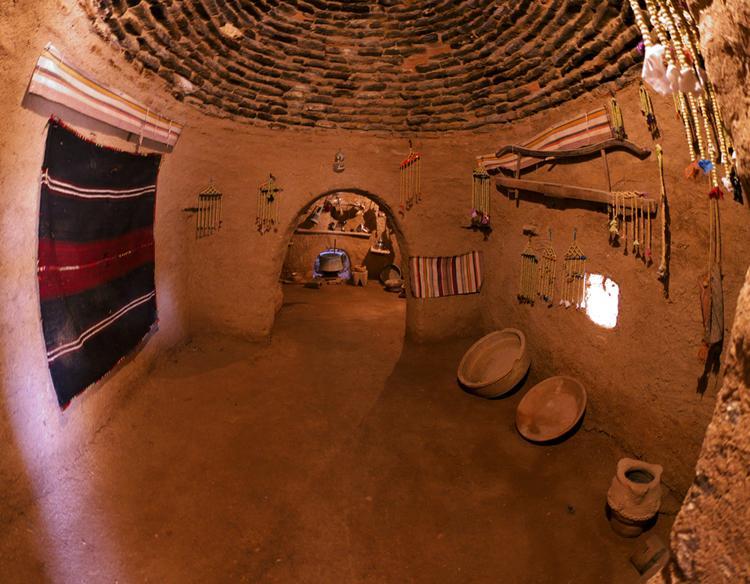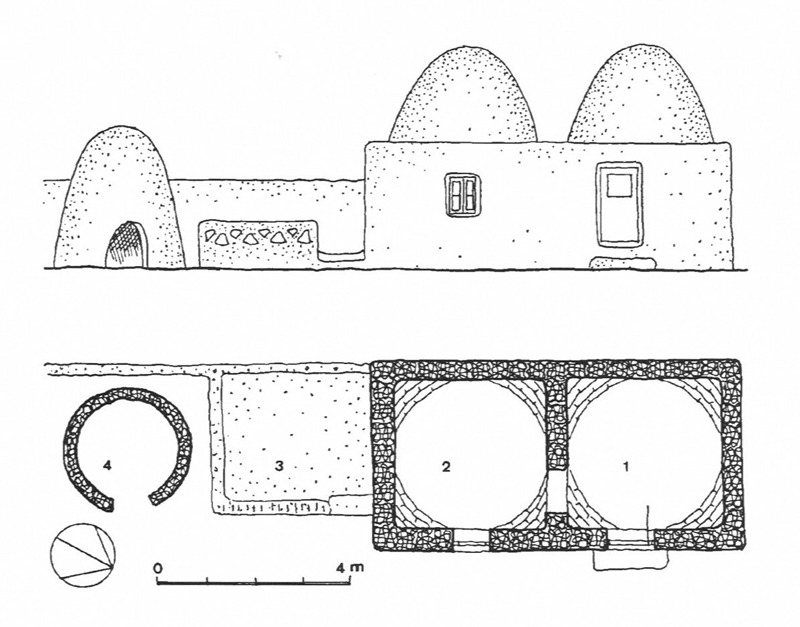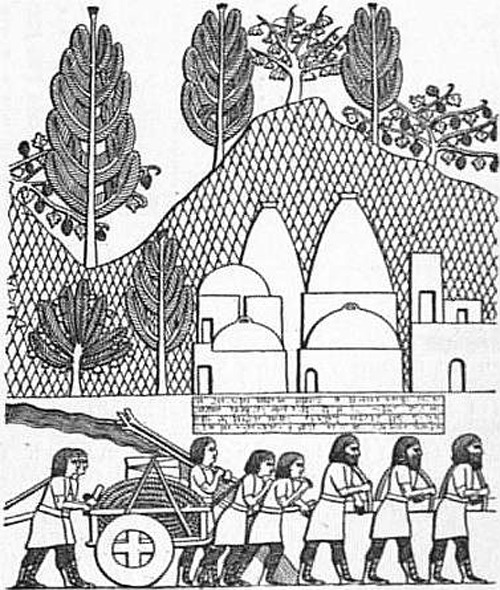V 24 |
Beehive shaped house |
type |
|
place |
|
population |
Mud building, where houses are built with walls made of compressed and sun-dried adobe blocks, has an extremely long history: the first known traces of the technique were found in Jericho and may be as much as 10000 years old. The interior space would originally have been surrounded by walls and topped with a high peaked roof or a wooden framed flat roof. Wood was required for their construction, however, and over time less and less of this was available. This shortage of raw materials led to the development of arches, vaults and domes. These developments allowed small elements, which would originally not have been able to span large spaces, to be made into structures which could replace most wooden structures, also contributing significantly to the maintenance of stable internal temperatures.
From the evidence of Assyrian reliefs, domed houses were known in the Tigris and Euphrates regions 3000 years ago, and their form has scarcely changed since then. These beehive shaped domes are built of sun-dried mud bricks piled up in rings, each ring having a slightly smaller radius, with the outer surface rendered with mud and straw. This process has to be repeated regularly, which is facilitated by a permanent scaffolding-like structure which protrudes like spines from the outer surface of the dome.
In Syria the beehive shaped houses are built without vertical walls, the dome rising directly from ground level, while in eastern Anatolia the domes rest on vertical walls. The latter type is divided into cells, a spandrel like passage raising the 3-5 metre, high arched dome above the square floor plan of the lower house. The houses are generally divided into two cells, a kitchen and living room, supplemented by areas for the storage of crops and for keeping animals.

